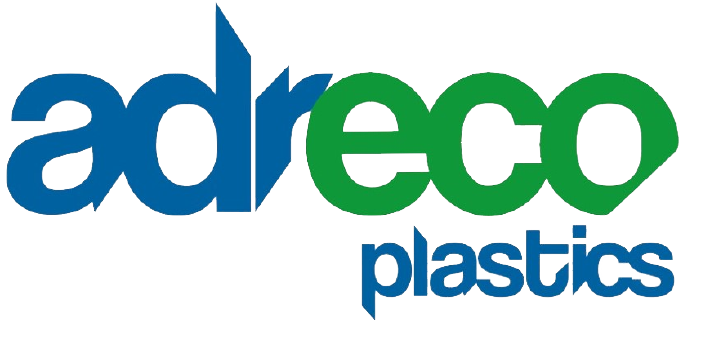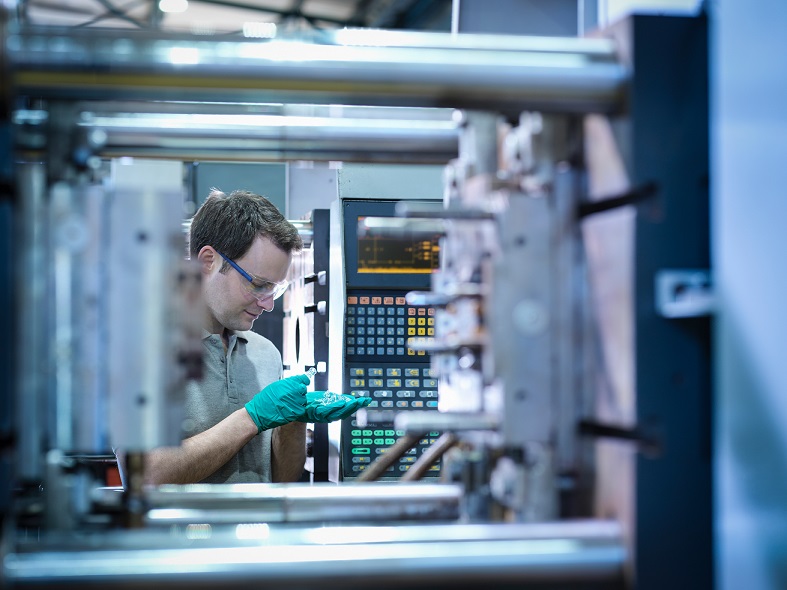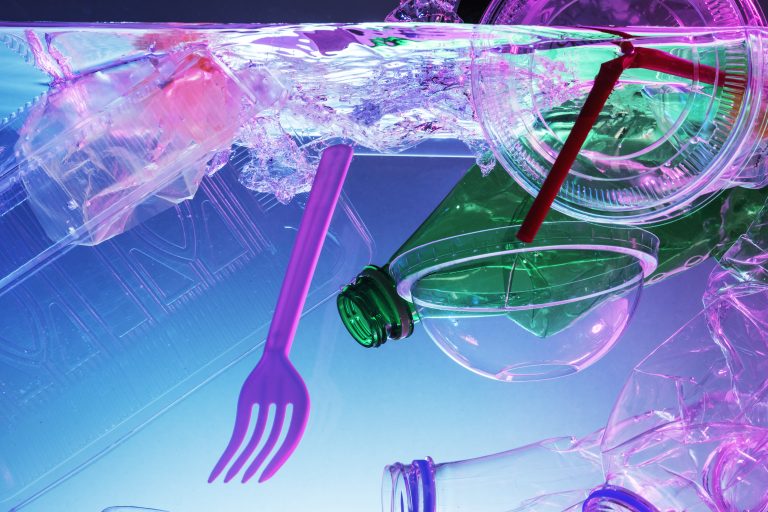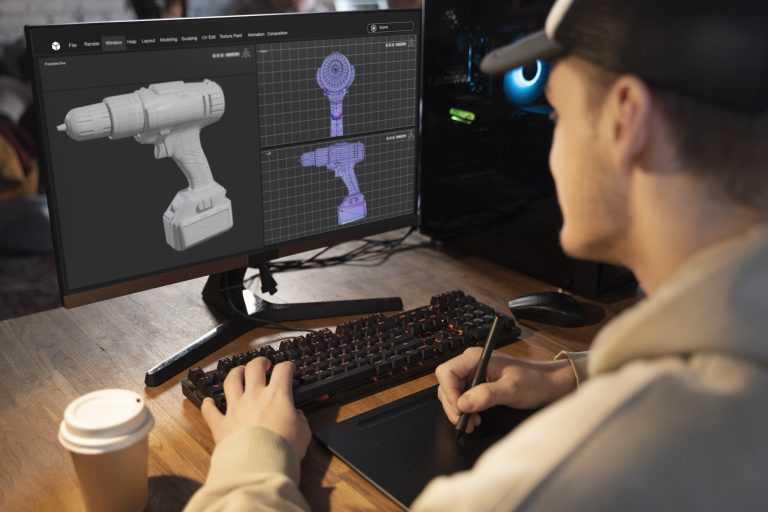The electronics manufacturing process is a complex one, involving many different processes and techniques. For example, making printed circuit boards requires a number of separate stages to ensure that the finished product is fit for its purpose. Plastic injection moulding is a key part of the process, not least for producing durable electronics casings, printed boards and other components. Injection moulded electronics parts must be resistant to chemicals, heat, wear and tear and other harmful substances.
As demand for electronics parts increases, so, too does the importance of using plastic injection moulding techniques in their manufacture. Demand is rising around the world. This is having an effect on lead times, supply chain issues and prices. International markets are predicted to grow rapidly in the coming years to keep pace with consumer buying trends. Having a reliable manufacturing technique available in the guise of plastic injection moulding is therefore vital for the success of this expanding industry.
How Does Plastic Injection Moulding Fit In With the Electronics Sector?
The process for manufacturing electronics starts with choosing which materials to use and the final design. Plastic injection moulded parts are planned at this point too, as they are integral to supporting the conductive metal elements that form the electric circuit. The sector is a fast-moving one. Advances in technology mean that items such as printed circuit boards and other electronic parts change rapidly in size, performance and capacity. The injection moulded components that protect or accompany the delicate metallic elements must be equally as versatile to keep pace.
The plastic injection moulding process is normally easy and rapid to complete. This helps it to keep up with the rest of the manufacturing processes involved in making electronic components and their casings and accessories.
· Blueprints
A blueprint of the design is created next and analysed comprehensively for any areas needing adjustment. Again, this will include overall shape and dimensions. So, the injection moulded electronics parts must be the correct size to enable the printed circuit board or electric component to fit perfectly. Normally more than one blueprint is created in case of errors or changes in project specifications.
· Testing
Next, the project enters its testing phase, where a prototype is created, including the plastic injection moulded elements of the task. The injection machine can create low or high volumes of identical, perfectly formed components via melted plastic being forced into the machine and then shaped within the mould by applied pressure. The parts are left to harden and cool before being ejected and tested, along with the rest of the electronics product being made.
· Changes and sign-off
Once any changes have been made and the product formally approved, it is signed off and full-scale production can begin. Sometimes, a small number of electronic parts are made, or even just one individual example. Other projects call for larger volumes of identical parts. This is where plastic injection moulding really comes into its own, as casings and components can be made to adhere to very precise instructions around finishes, colours, branding and other key properties.
Advantages of Choosing Injection Moulded Electronics Parts
The electronics sector relies on rapid production times, efficient manufacturing and low costs to thrive. The plastic injection moulding process can supply all of the above and more. Once the machines and moulds are in place, ongoing costs are competitive and staffing requirements low. Products are durable, attractive and uniform to ensure a good fit and long-lasting useful life.
Electronic parts are very flexible and can be used in many different ways. They are used in things like computer chips and circuit boards for machines that work on their own, like robots and machines that use solar energy. They’re also used in medical devices that help people move, electronics that use a lot of power, and many other things. Because of this, the way they are made using plastic injection molding is really important to companies all over the world that work in different industries.





